Home>Gardening & Outdoor>Landscaping Ideas>What Does Dead Pampas Grass Look Like
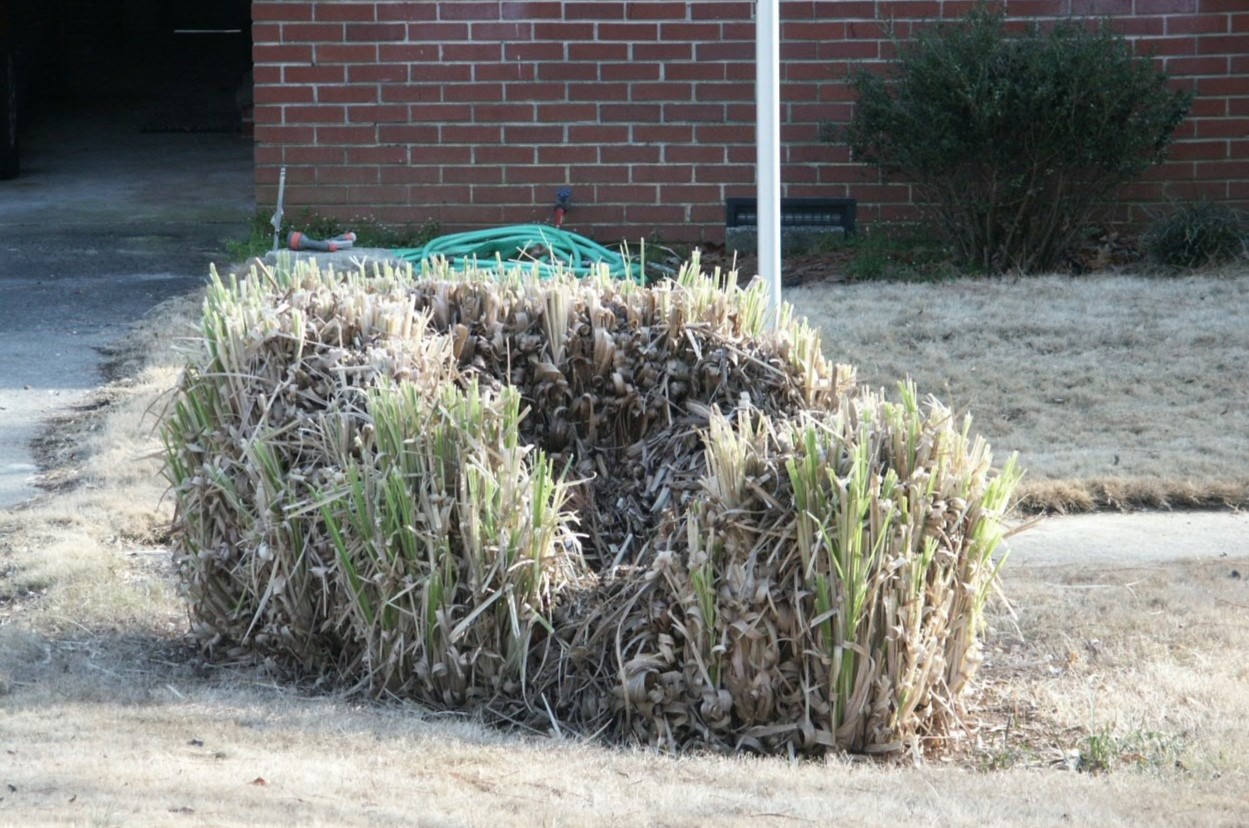

Landscaping Ideas
What Does Dead Pampas Grass Look Like
Modified: August 16, 2024
Discover what dead pampas grass looks like and get landscaping ideas for dealing with it. Learn how to maintain a beautiful garden even when pampas grass dies.
(Many of the links in this article redirect to a specific reviewed product. Your purchase of these products through affiliate links helps to generate commission for Storables.com, at no extra cost. Learn more)
Introduction
Pampas grass is a stunning ornamental plant known for its tall, feathery plumes and graceful appearance. However, like all living things, pampas grass is susceptible to aging and environmental stress, which can lead to its decline and eventual demise. Understanding what dead pampas grass looks like is crucial for maintaining the aesthetic appeal of your landscaping and ensuring the health of surrounding plant life. In this article, we will explore the characteristics of dead pampas grass, how to identify it, and the importance of its removal. Whether you're a seasoned gardener or a landscaping enthusiast, knowing how to recognize and address dead pampas grass is essential for preserving the beauty of your outdoor space. Let's delve into the fascinating world of pampas grass and discover the visual cues that indicate its decline.
Key Takeaways:
- Dead pampas grass looks dull, brittle, and with thinning foliage. Removing it enhances the beauty of your garden and promotes new, healthy growth in the landscape.
- Identifying dead pampas grass involves checking for discolored plumes, brittle texture, and lack of new growth. Removing it prevents disease spread and maintains the landscape’s integrity.
Read more: What Does Pampas Grass Seeds Look Like
Characteristics of Dead Pampas Grass
When pampas grass reaches the end of its life cycle, whether due to age, disease, or adverse growing conditions, it exhibits distinct characteristics that set it apart from its vibrant, thriving counterpart. Understanding these key traits can help you identify and address dead pampas grass in your landscaping. Here are the primary characteristics of dead pampas grass:
- Discolored Plumes: The feathery plumes of dead pampas grass often lose their vibrant color and become dull or brownish, signaling a lack of vitality in the plant.
- Brittleness: Dead pampas grass tends to become brittle, with its once supple blades and plumes turning dry and fragile to the touch.
- Thinning Foliage: As pampas grass deteriorates, its foliage may begin to thin out, resulting in a less dense and lush appearance compared to healthy specimens.
- Stunted Growth: In contrast to its vigorous growth during its prime, dead pampas grass may exhibit stunted or minimal growth, with new shoots failing to emerge.
- Decay and Debris: A telltale sign of dead pampas grass is the accumulation of decaying plant matter around its base, along with an overall unkempt and withered appearance.
By familiarizing yourself with these characteristics, you can effectively discern the condition of your pampas grass and take appropriate measures to address any signs of decline. Identifying dead pampas grass is the first step towards maintaining the visual allure of your landscape and promoting the health of surrounding flora.
Identifying Dead Pampas Grass
Recognizing dead pampas grass amidst a sea of vibrant foliage requires a keen eye for detail and an understanding of the plant’s distinctive features. Here are some key indicators that can help you identify dead pampas grass in your landscaping:
- Visual Inspection: Take a close look at the overall appearance of the pampas grass. Dead specimens often exhibit a lackluster, faded, or disheveled look, with plumes and foliage showing signs of deterioration.
- Tactile Assessment: Gently run your fingers along the plumes and blades of the grass. Dead pampas grass tends to feel brittle and dry, lacking the resilience and suppleness of healthy foliage.
- Observation of Growth: Monitor the growth patterns of the grass. Dead pampas grass may display minimal to no new growth, with existing foliage showing signs of stagnation and decline.
- Presence of Decay: Check for the presence of decaying plant matter at the base of the grass. Dead pampas grass often accumulates debris and exhibits a lack of vitality in its surrounding environment.
- Comparison to Healthy Specimens: Contrasting the suspected dead pampas grass with thriving specimens can provide valuable insights. Look for disparities in color, texture, and overall robustness to aid in your assessment.
By employing these observational and tactile techniques, you can effectively discern the condition of your pampas grass and determine whether it has reached the end of its life cycle. Identifying dead pampas grass is essential for maintaining the visual harmony of your landscape and facilitating the rejuvenation of the surrounding greenery.
Dead pampas grass looks brown and dried out, with no signs of green or new growth. The plumes may also be brittle and easily break off.
The Importance of Removing Dead Pampas Grass
While the allure of pampas grass is undeniable, the presence of dead or decaying specimens can detract from the overall beauty and health of your landscape. Understanding the significance of removing dead pampas grass is crucial for preserving the vitality and visual appeal of your outdoor space. Here are several compelling reasons why the timely removal of dead pampas grass is essential:
- Aesthetic Enhancement: The presence of dead pampas grass can create visual discord within your landscaping, detracting from the overall aesthetic appeal. Removing these unsightly specimens can restore the harmony and vibrancy of your outdoor environment.
- Promotion of New Growth: By eliminating dead pampas grass, you create space and resources for new, healthy growth. This fosters a rejuvenated landscape and encourages the flourishing of surrounding plant life.
- Prevention of Disease Spread: Dead pampas grass can serve as a breeding ground for pests and diseases, posing a risk to neighboring plants. Removing these deteriorating specimens helps mitigate the spread of potential ailments throughout your garden.
- Enhanced Maintenance: The removal of dead pampas grass streamlines your landscaping maintenance efforts, allowing you to focus on nurturing thriving plant life and maintaining the overall health of your outdoor space.
- Preservation of Landscape Integrity: A well-maintained landscape reflects care and attention to detail. Removing dead pampas grass contributes to the preservation of your landscape’s integrity, creating a welcoming and visually appealing outdoor environment.
By recognizing the importance of removing dead pampas grass, you can actively contribute to the rejuvenation and vitality of your landscape. Taking proactive steps to address the presence of deteriorating specimens ensures that your outdoor space remains a flourishing and visually captivating haven for all to enjoy.
Conclusion
As a beloved ornamental grass renowned for its elegance and grandeur, pampas grass holds a revered place in the realm of landscaping and outdoor aesthetics. However, the inevitable aging and decline of pampas grass necessitate an understanding of how to identify and address dead specimens. By familiarizing yourself with the characteristics of dead pampas grass and the importance of its removal, you empower yourself to maintain a vibrant and visually captivating landscape.
Recognizing the visual cues of dead pampas grass, such as discolored plumes, brittleness, and stunted growth, enables you to discern its condition amidst thriving foliage. Through tactile assessment and comparison to healthy specimens, you can confidently identify and address dead pampas grass within your landscaping.
The significance of removing dead pampas grass cannot be overstated. Beyond enhancing the aesthetic appeal of your outdoor space, the removal of deteriorating specimens promotes new growth, prevents disease spread, and streamlines maintenance efforts. By taking proactive measures to eliminate dead pampas grass, you contribute to the overall health and vitality of your landscape, creating an inviting and harmonious environment for all to enjoy.
In essence, understanding what dead pampas grass looks like and acknowledging the importance of its removal empowers you to uphold the beauty and integrity of your outdoor space. As you navigate the ever-changing landscape of your garden, your discerning eye and proactive approach will ensure that the allure of pampas grass continues to grace your surroundings, captivating onlookers and fostering a thriving ecosystem.
So, embrace the art of identifying and addressing dead pampas grass, and let the timeless allure of this ornamental grass flourish in a landscape that epitomizes vitality and visual splendor.
Frequently Asked Questions about What Does Dead Pampas Grass Look Like
Was this page helpful?
At Storables.com, we guarantee accurate and reliable information. Our content, validated by Expert Board Contributors, is crafted following stringent Editorial Policies. We're committed to providing you with well-researched, expert-backed insights for all your informational needs.
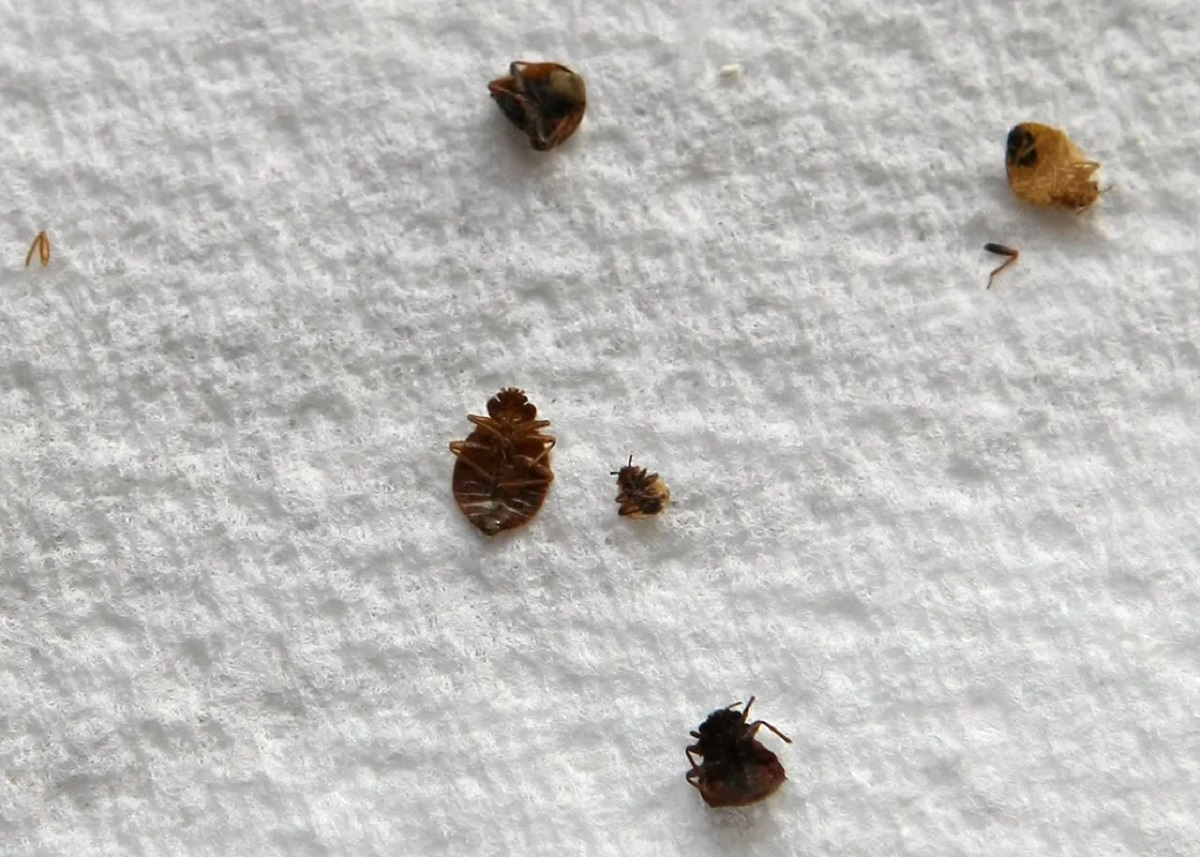
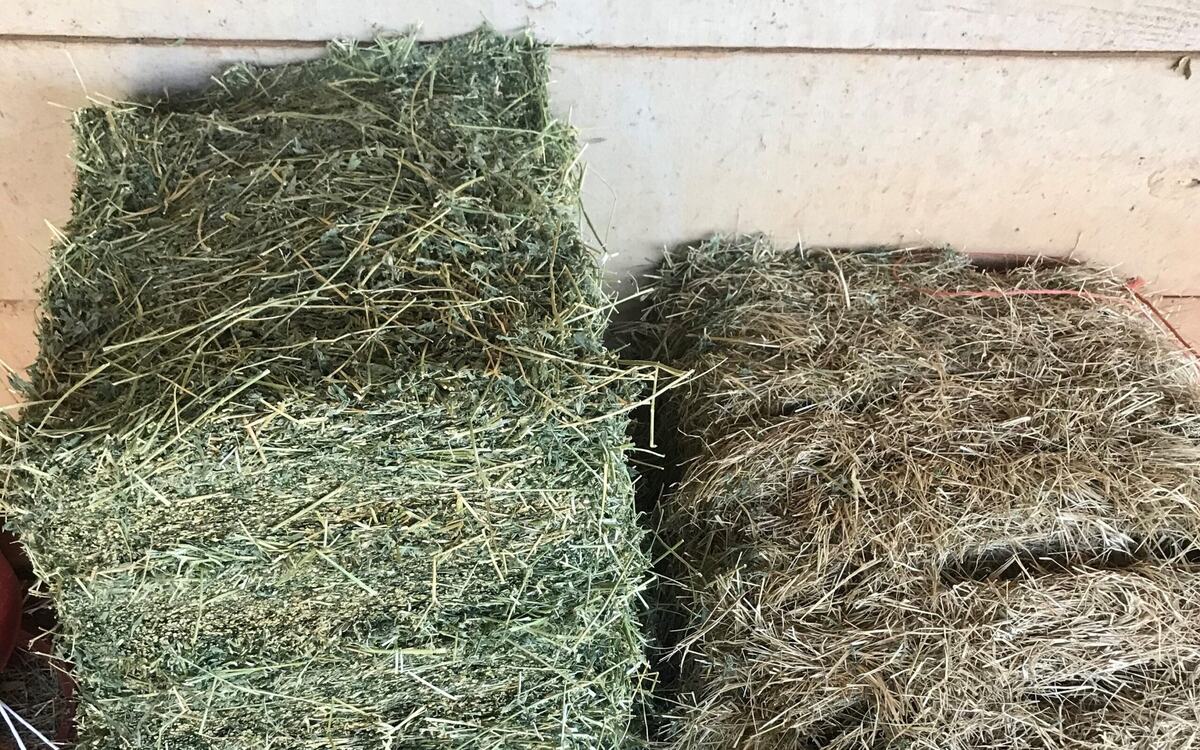
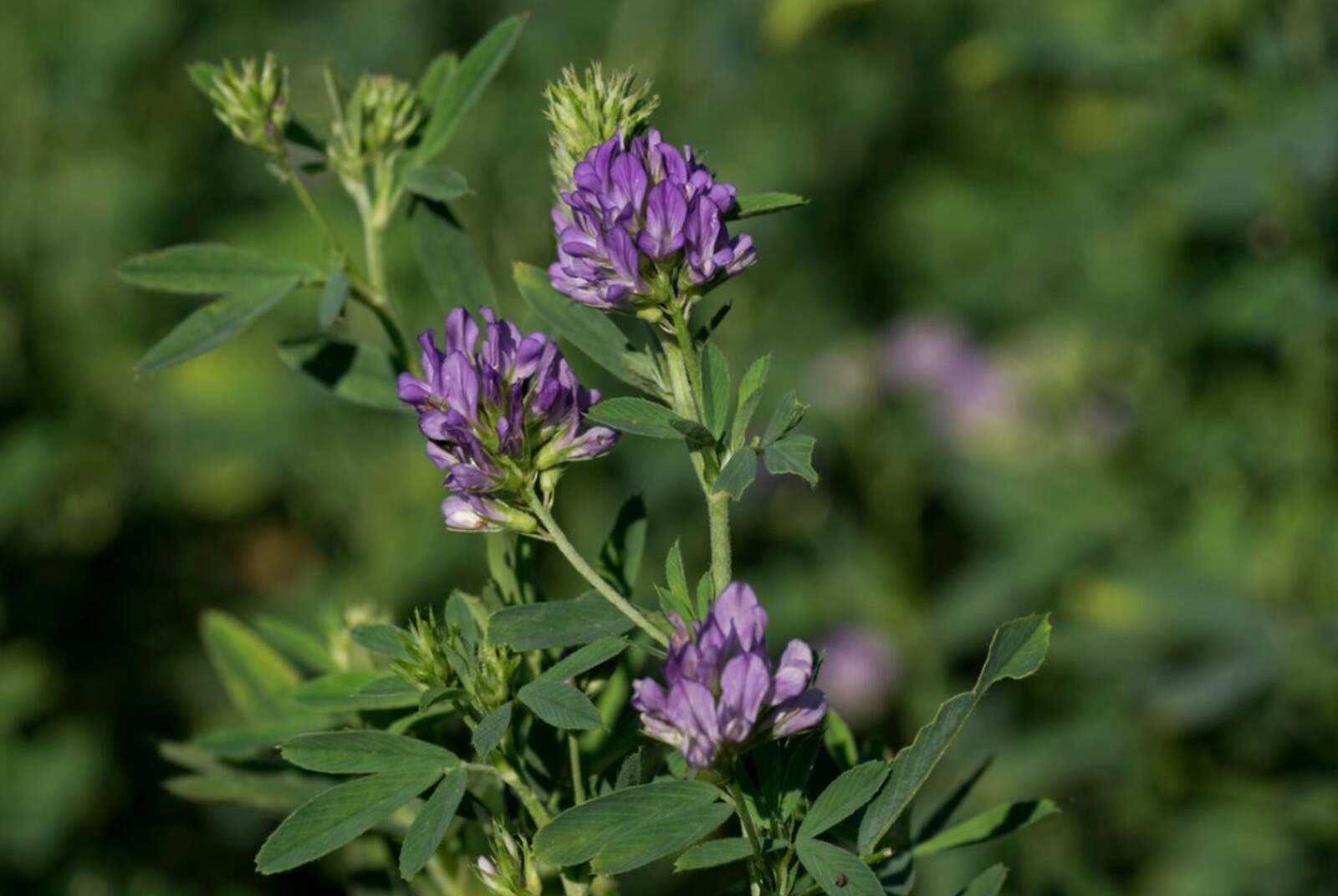
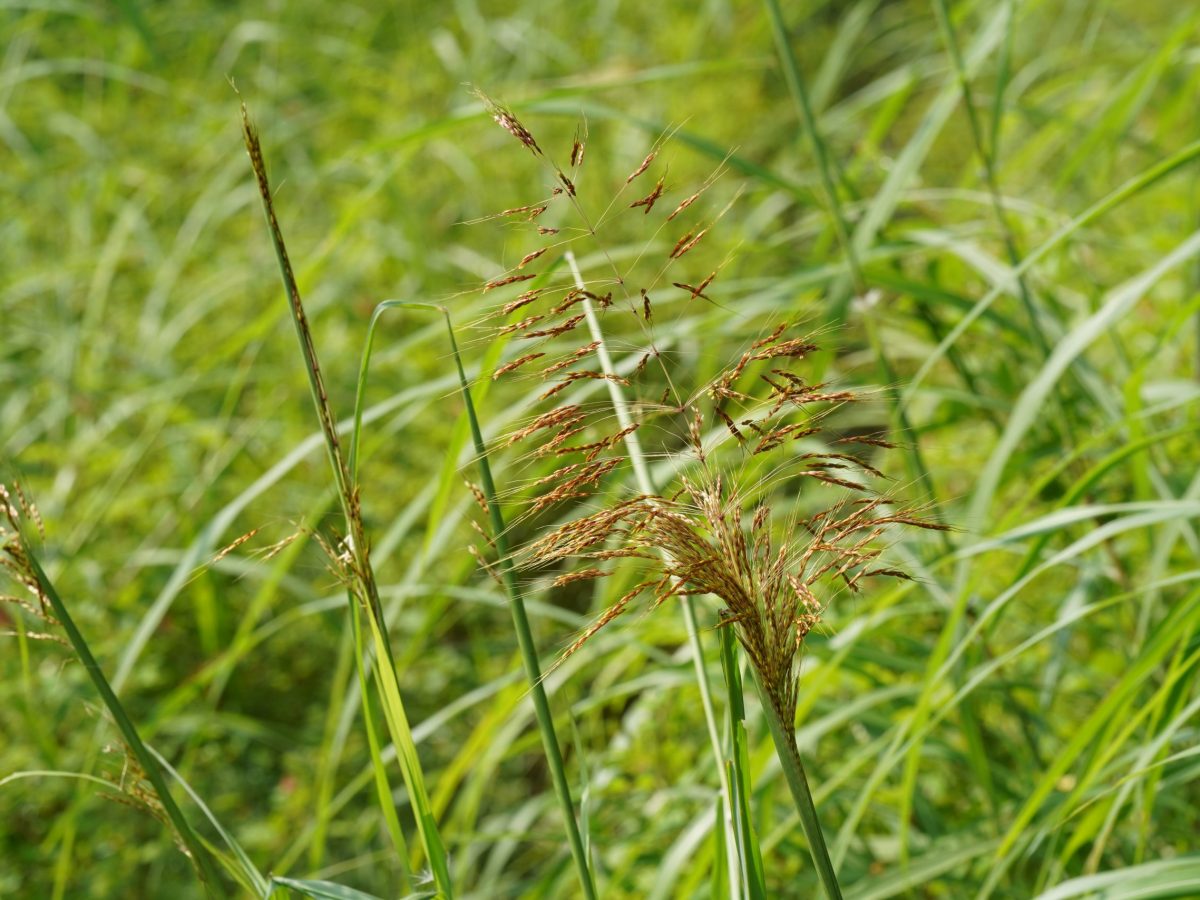
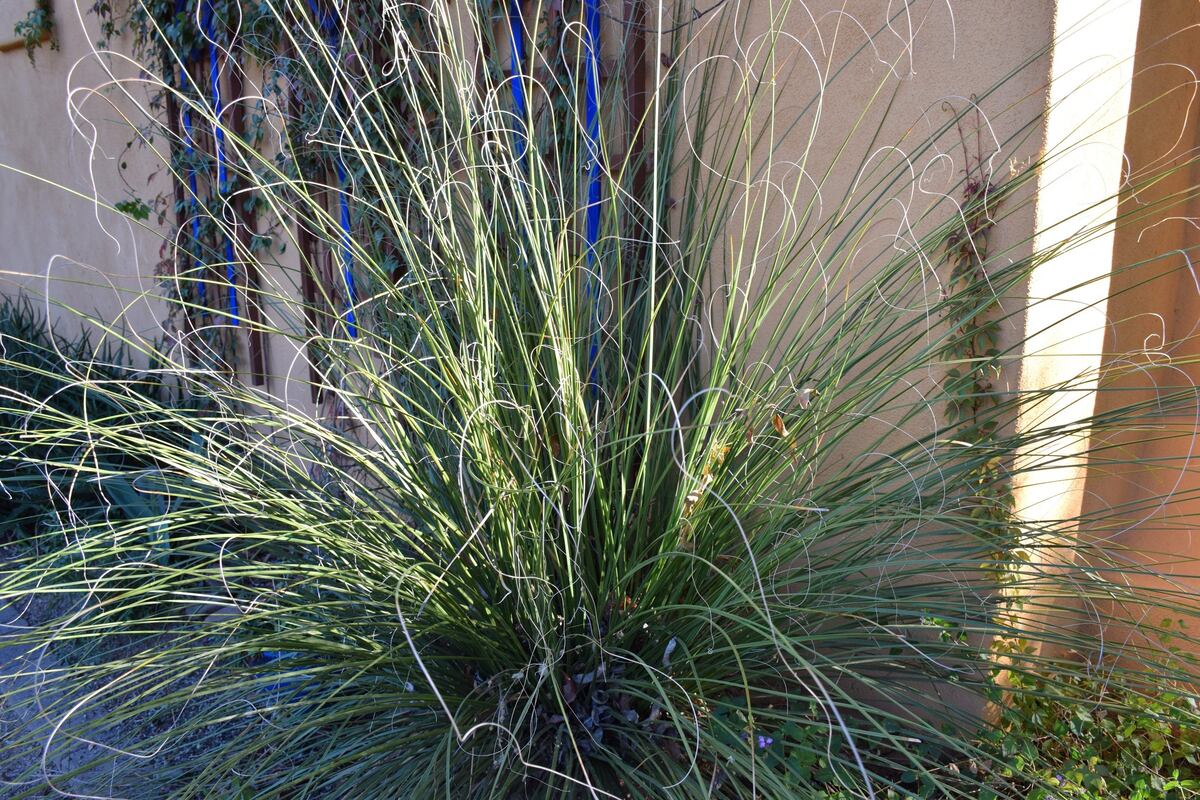
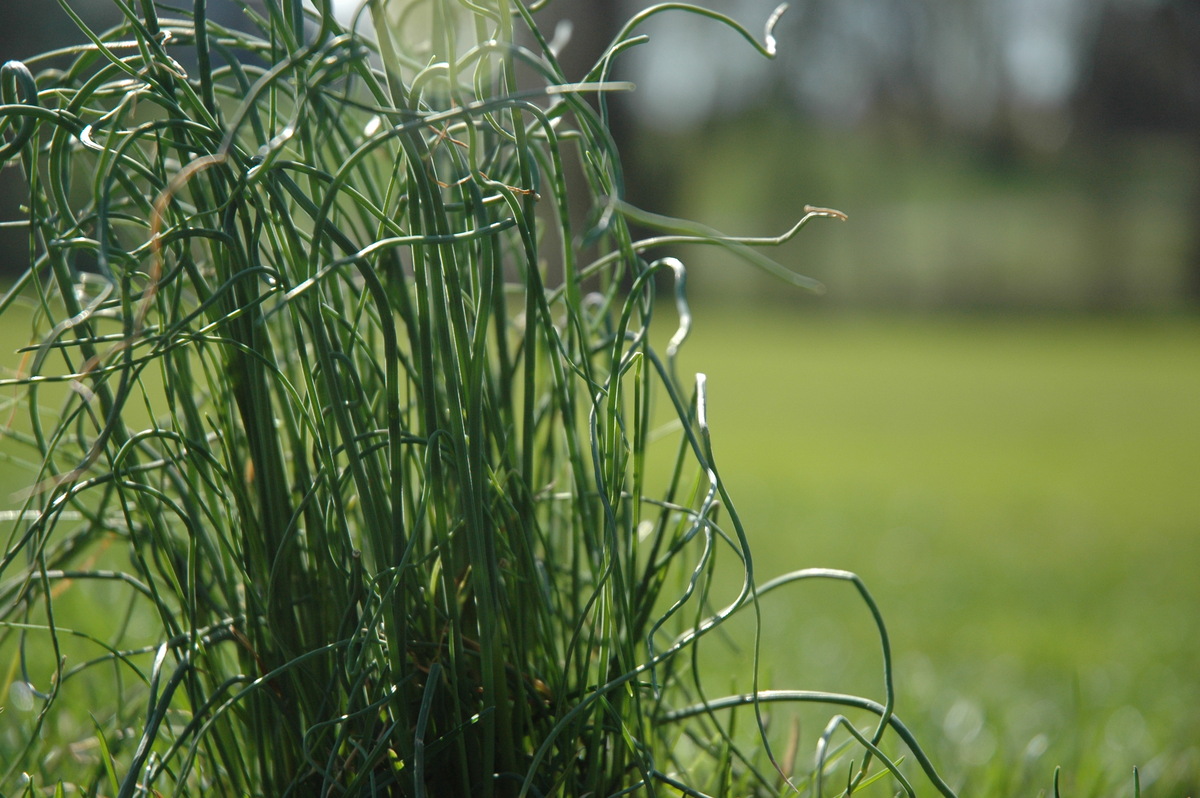
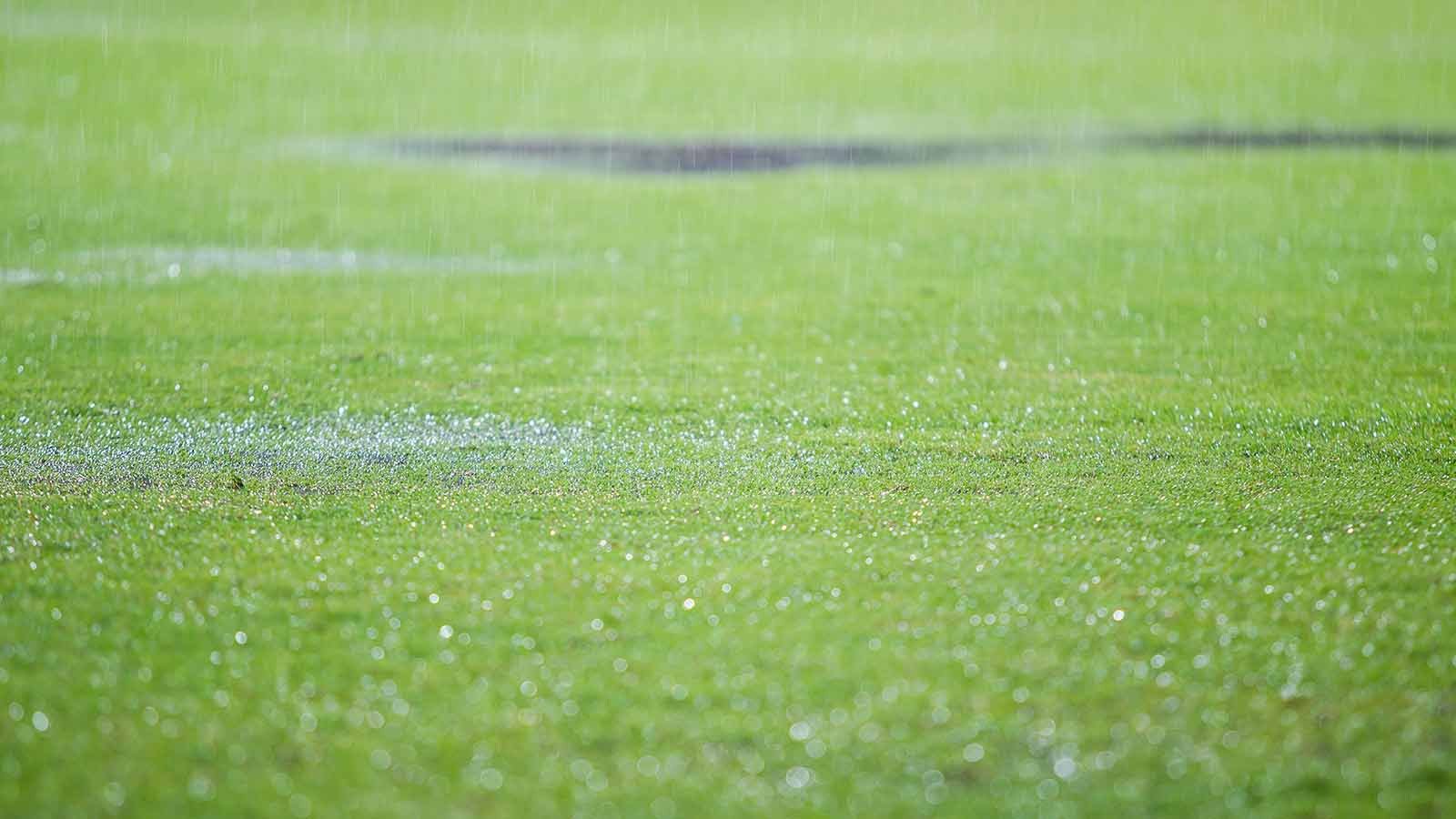
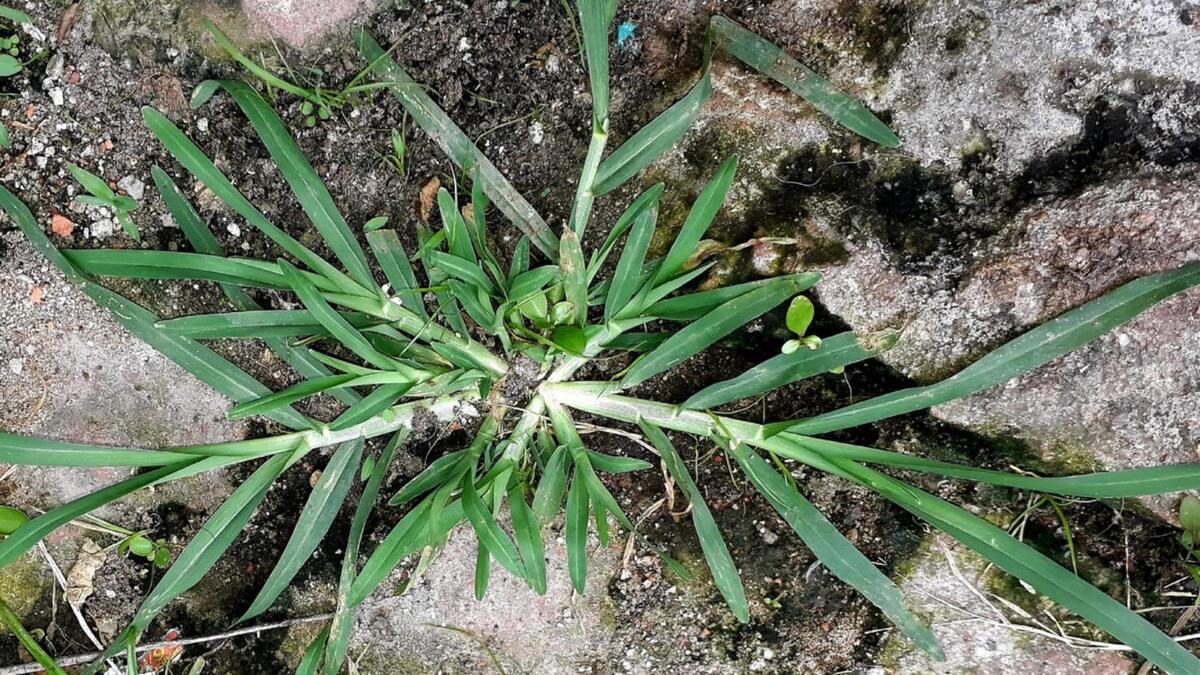

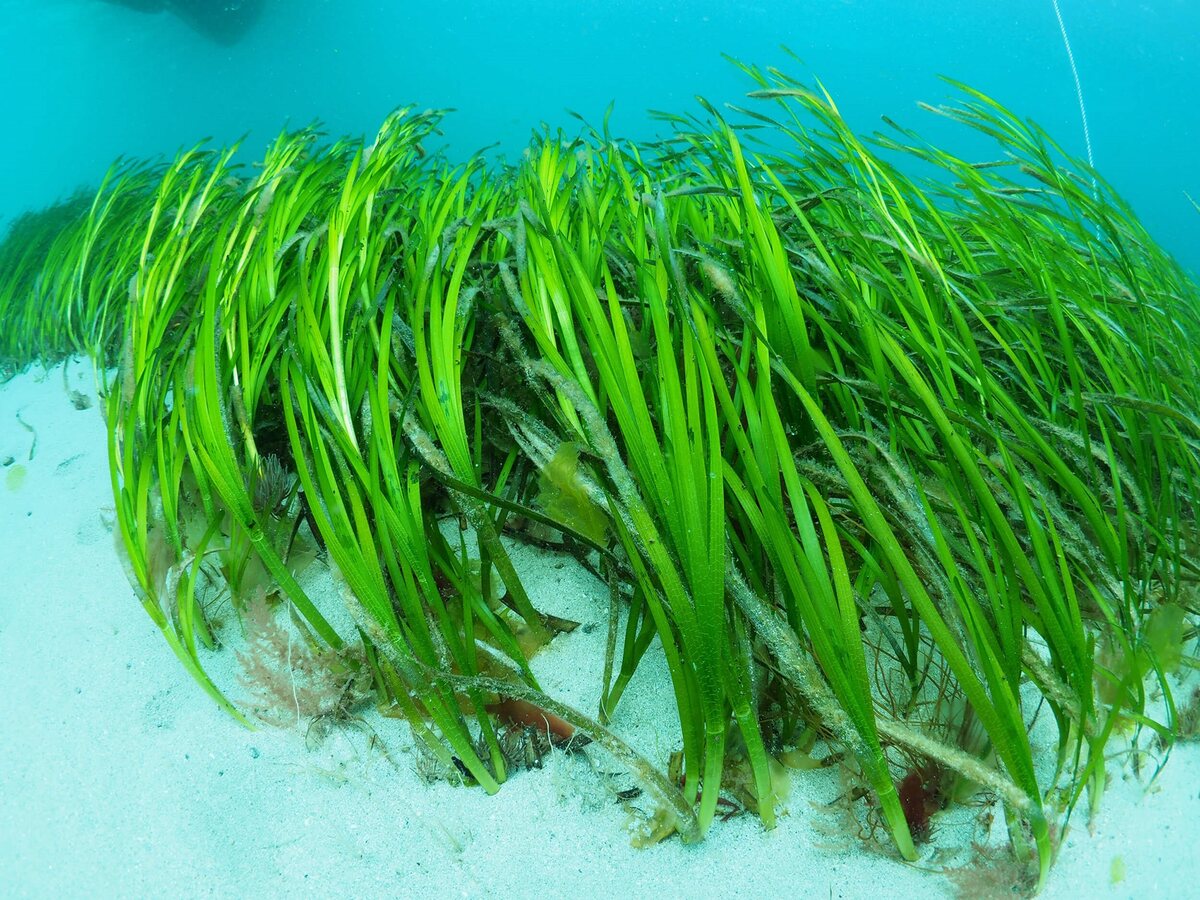
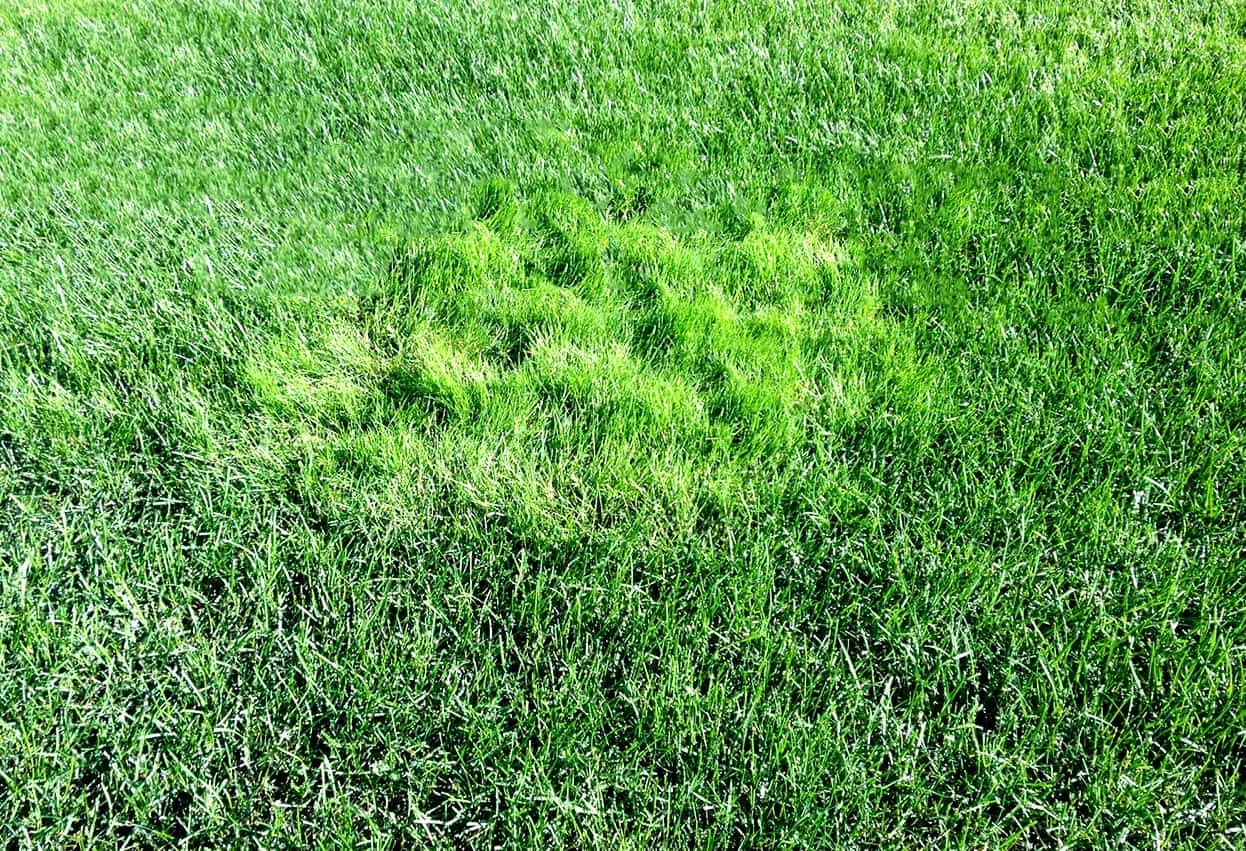
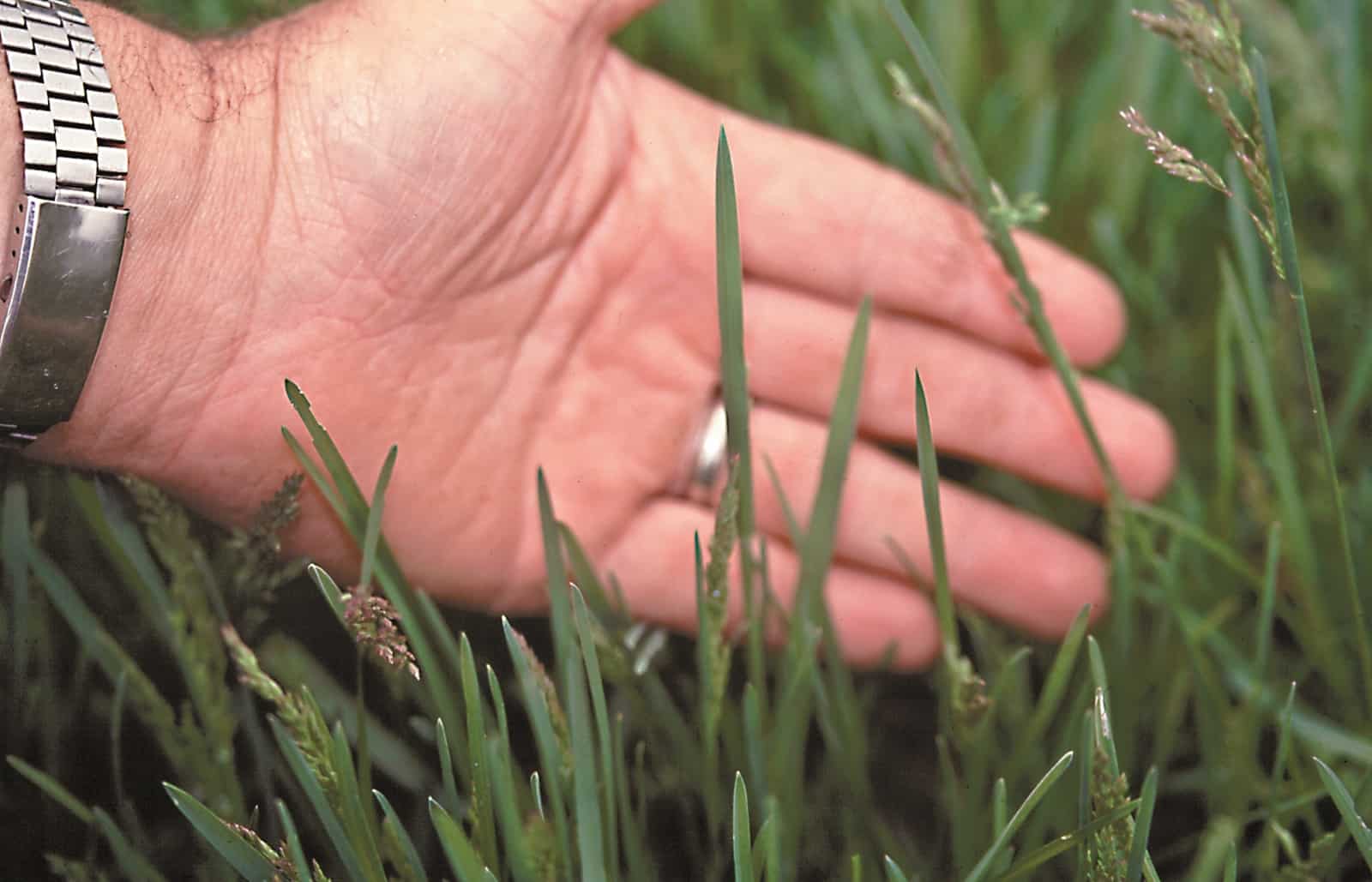
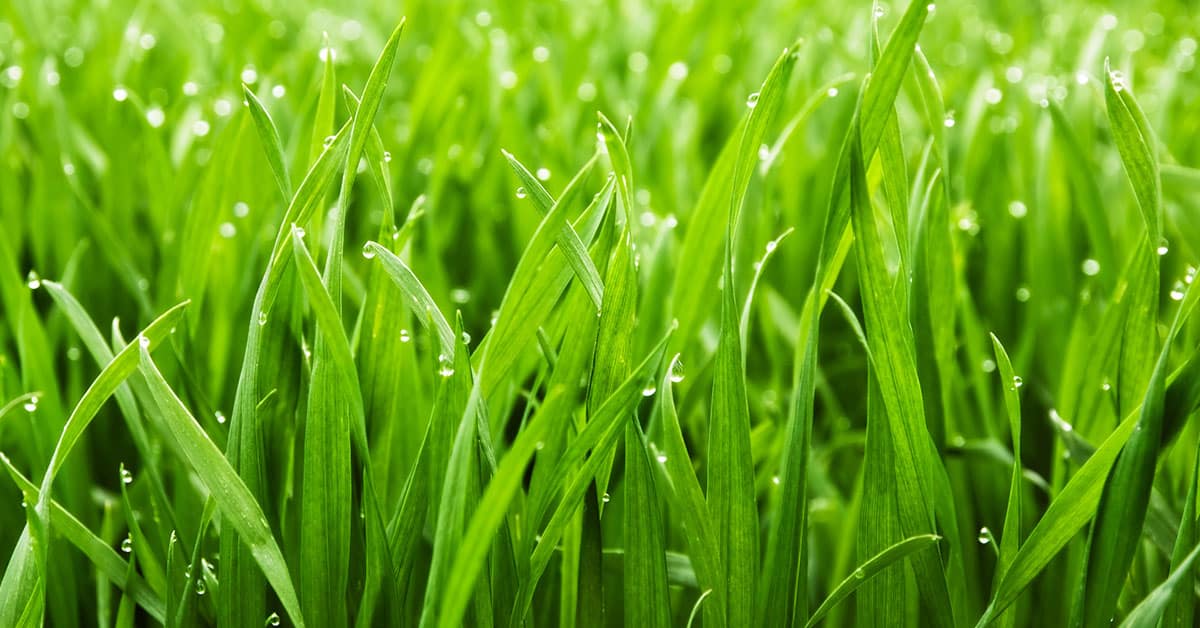
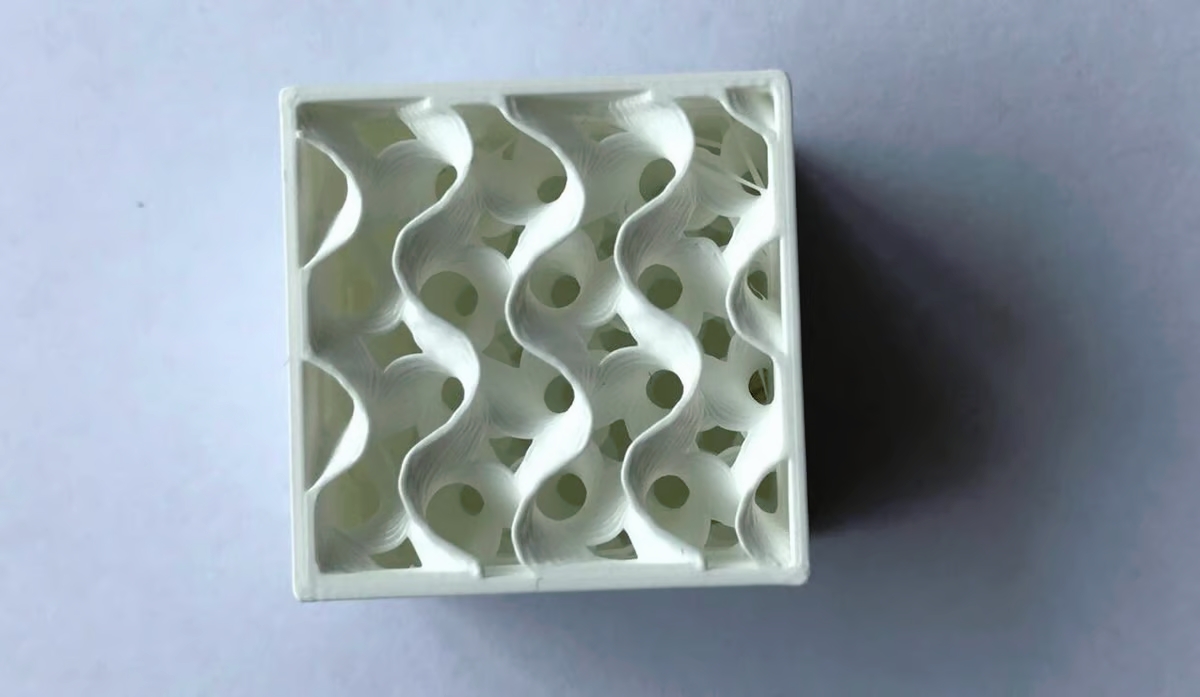
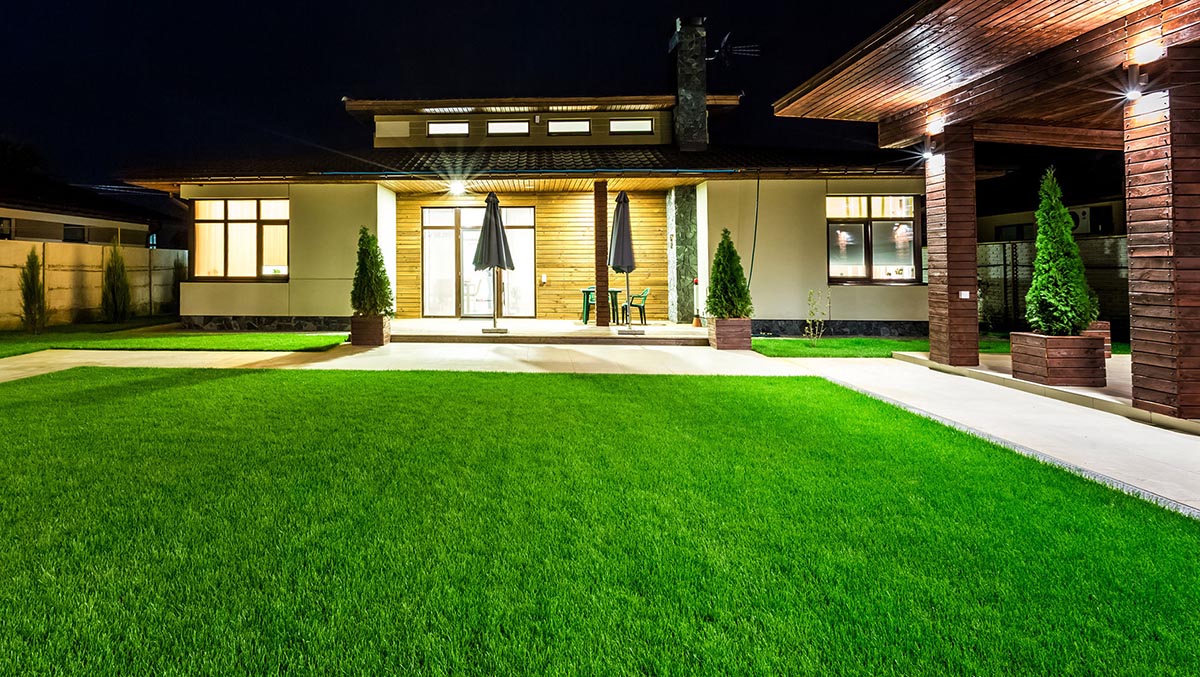

0 thoughts on “What Does Dead Pampas Grass Look Like”